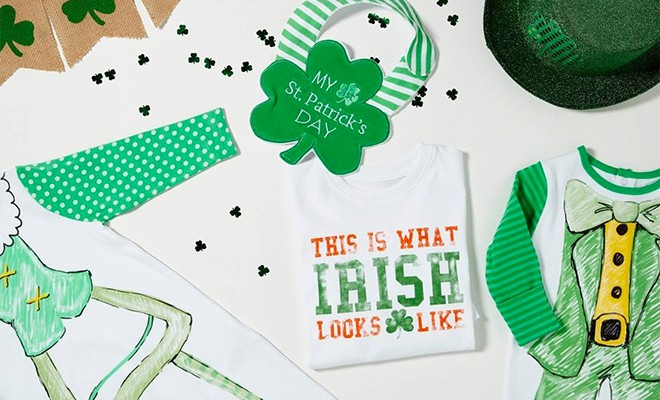 @primark
@primark
“On Wednesdays, we wear pink.” These five words ring true for many (um, Mean Girls anyone?!), however, a lot of us don’t know the real reasons why we wear green on St. Patrick’s Day.
Ahead, we’re giving you a mini history lesson on the significance of wearing green on March 17.
Green is deeply connected to Irish history and culture. Ireland is nicknamed “Emerald Isle,” so it only made sense to wear green, but you’d be surprised to learn that it was originally associated with the color blue. After Irish immigrants started the first St. Patrick’s Day parade in New York City in the 1700s, the holiday became a staple in American culture, and green was widely accepted as the color to wear in its home country and across the state.
Green has context with religion in Ireland. St. Patrick’s Day is a Catholic holiday, which commemorates Ireland’s patron saint and the arrival of Christianity to the country. St. Patrick himself used a clover, or a shamrock (which has three leaves) in his teachings about the Holy Trinity — the father, son, and the holy spirit. Shamrocks are also green and indicate the spring season!
The green in the Irish flag is symbolic. The Irish flag is divided into three strips of color — green, white, and orange. In Ireland, it’s common for Catholics to wear green and for Protestants to wear orange. And the white in the middle represents peace between the two groups.
Green helps keep the leprechauns away. If history isn’t enough to compel you to join the sea of emerald revelers, there’s the urban legend that wearing green on St. Patrick’s Day makes you invisible to leprechauns…because we all know that leprechauns pinch anyone who isn’t wearing green.
Now, with all this history in mind, you can proudly say, “On St. Patrick’s Day, we wear green” and know why (shh, we won’t tell!).
xx, The FabFitFun Team




